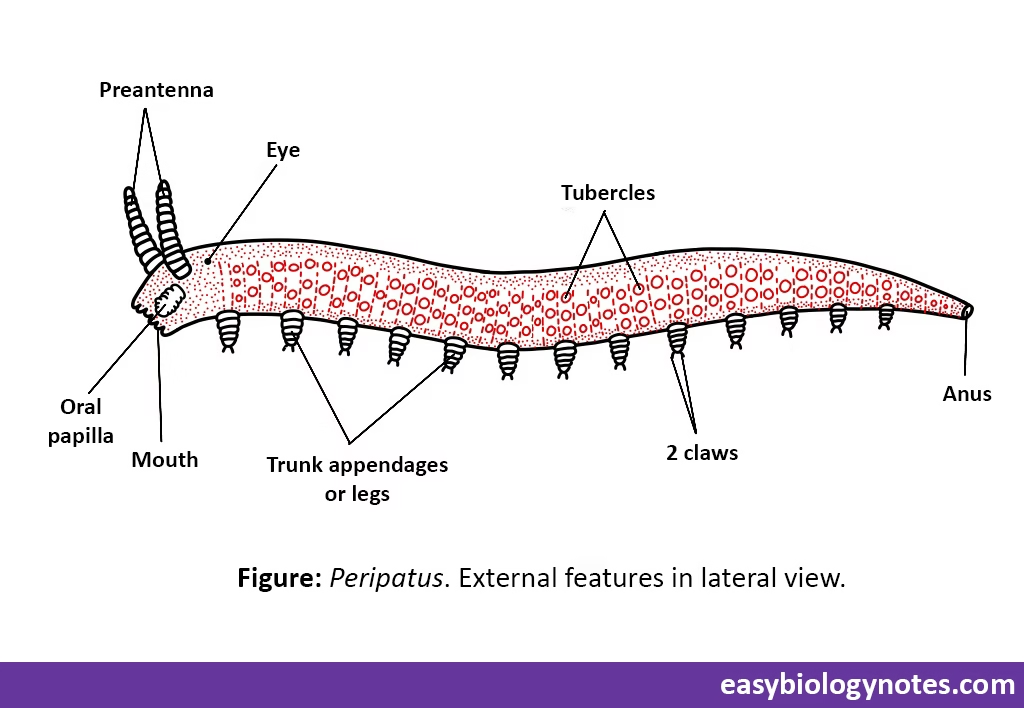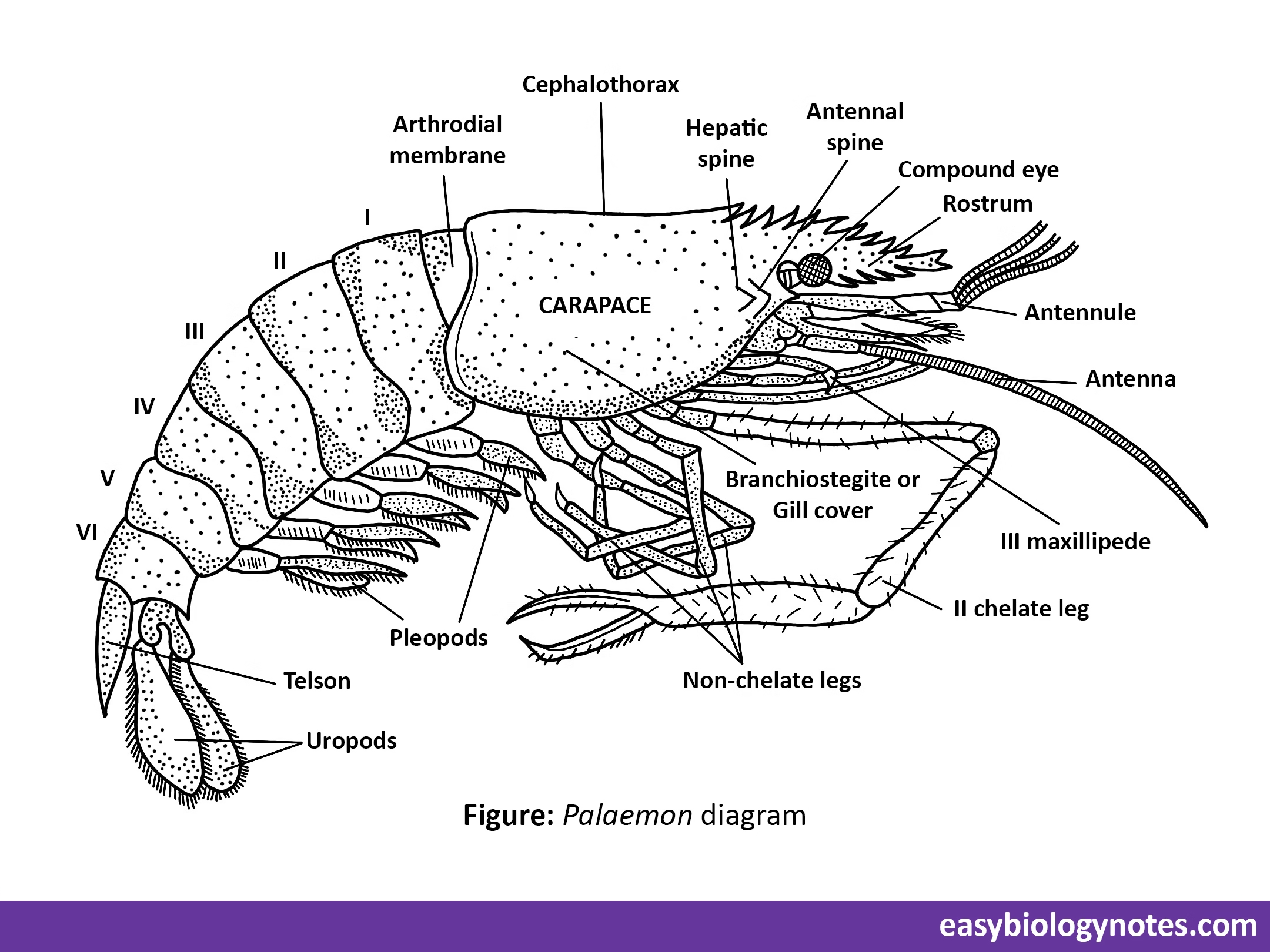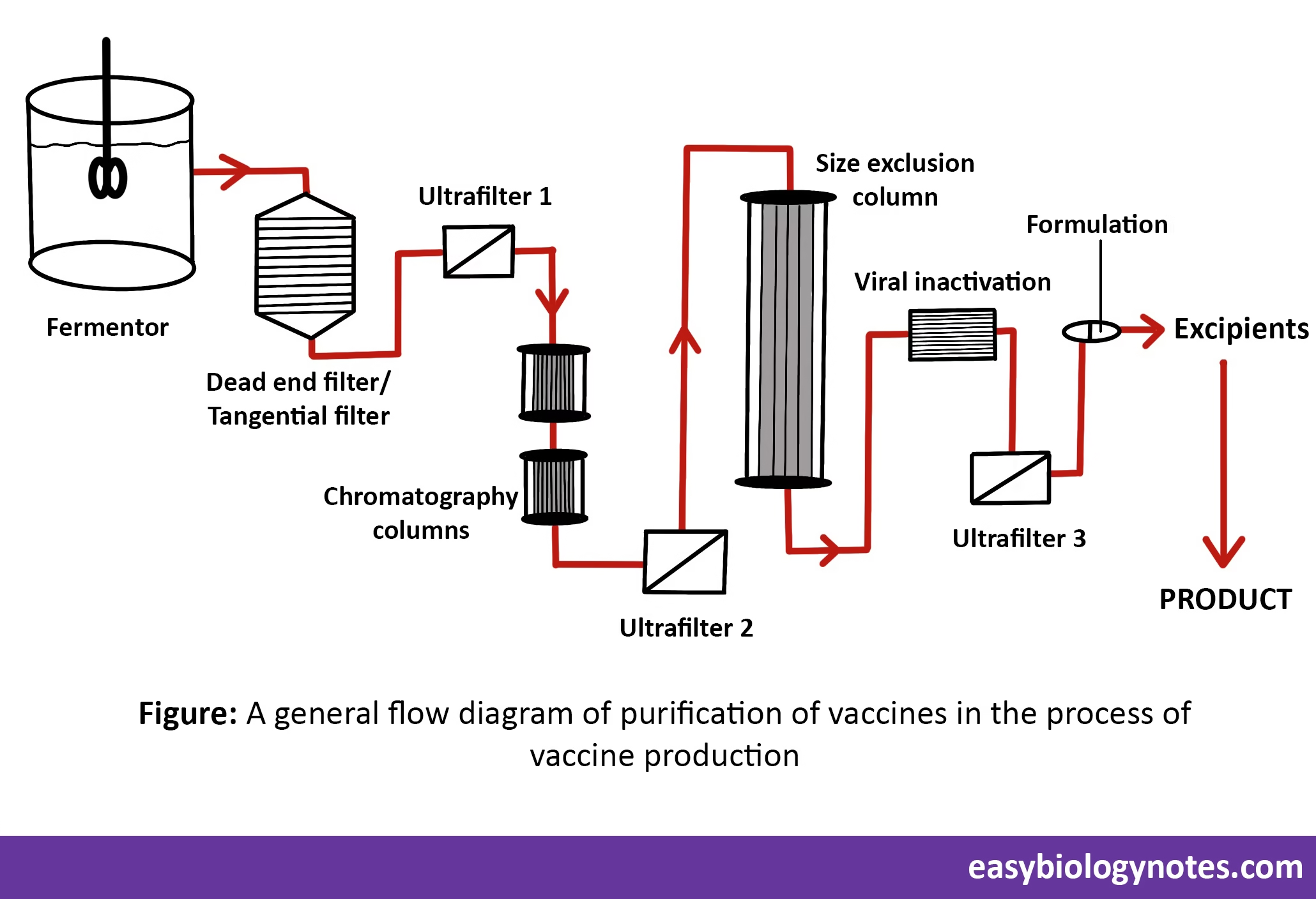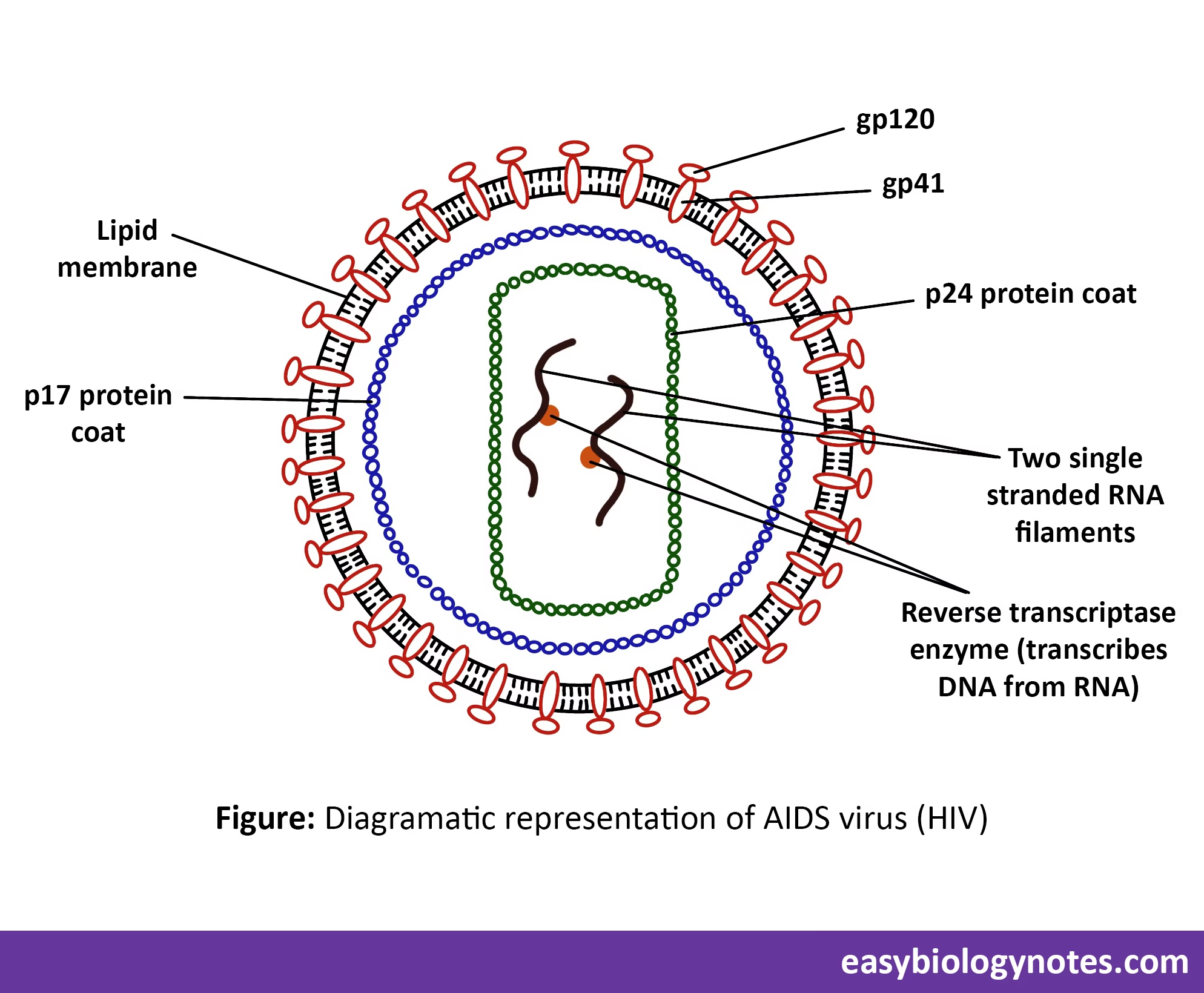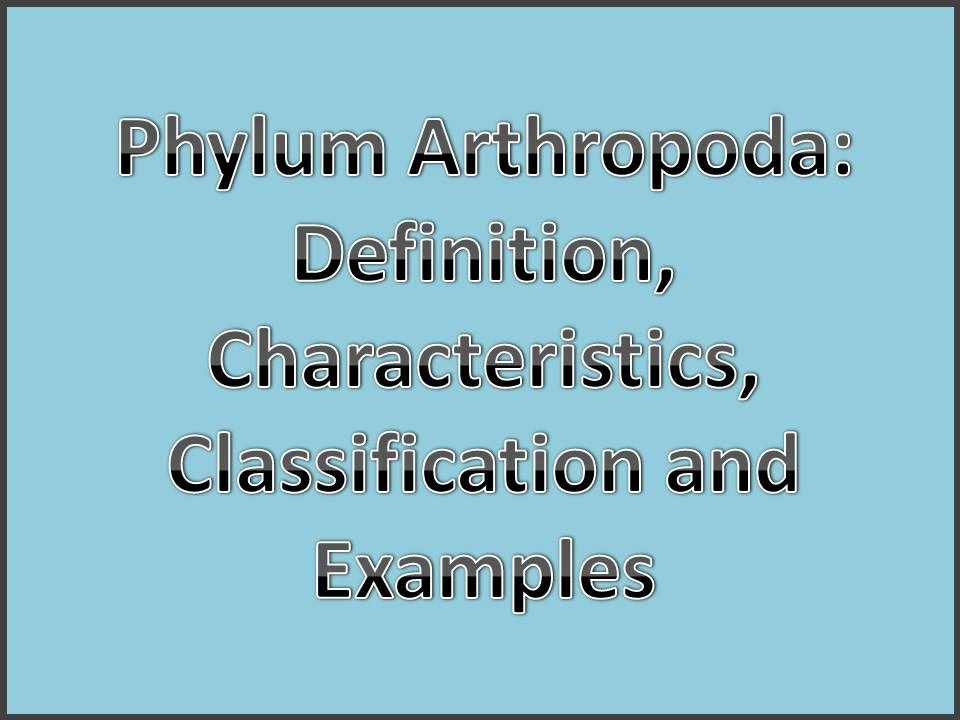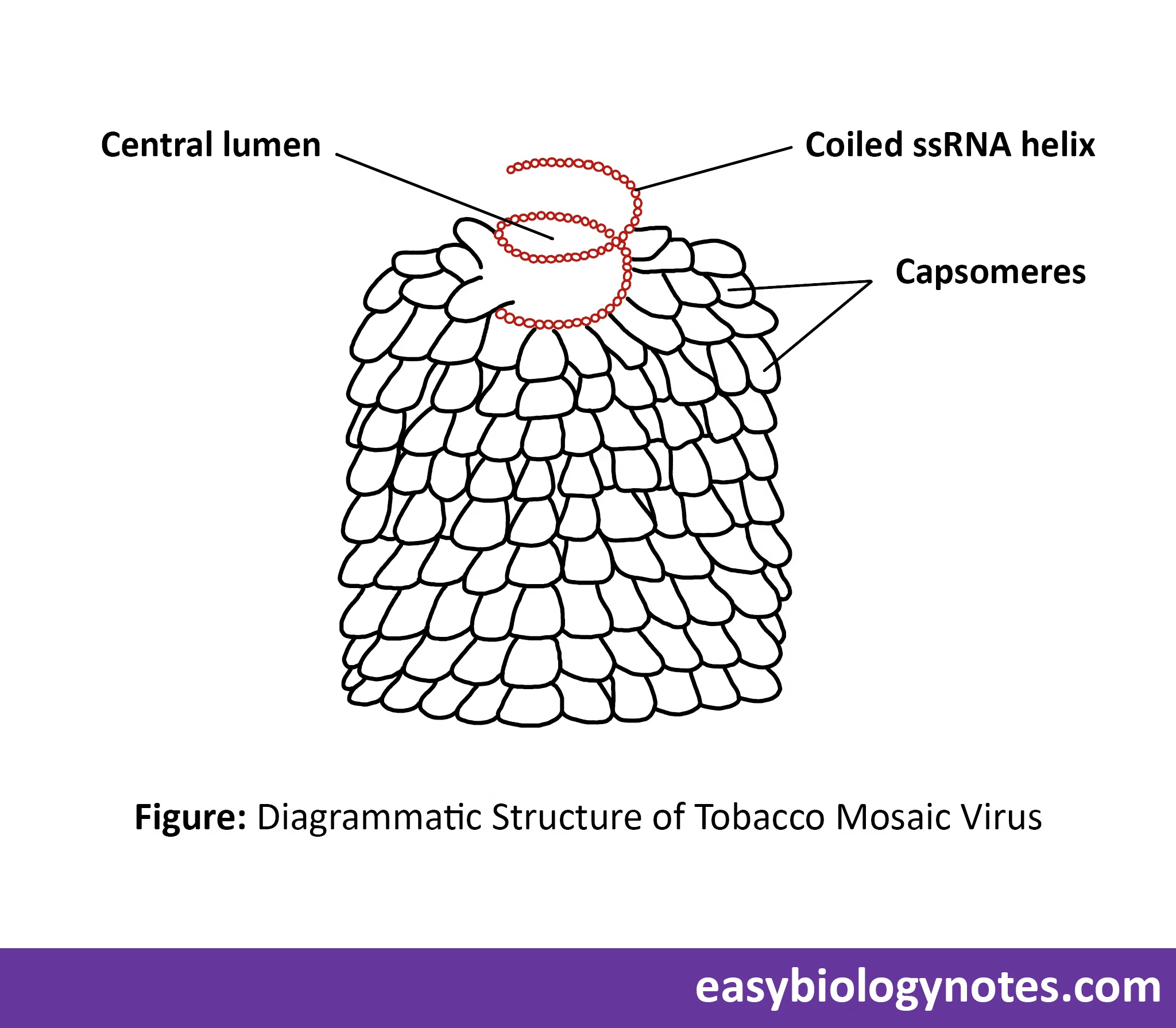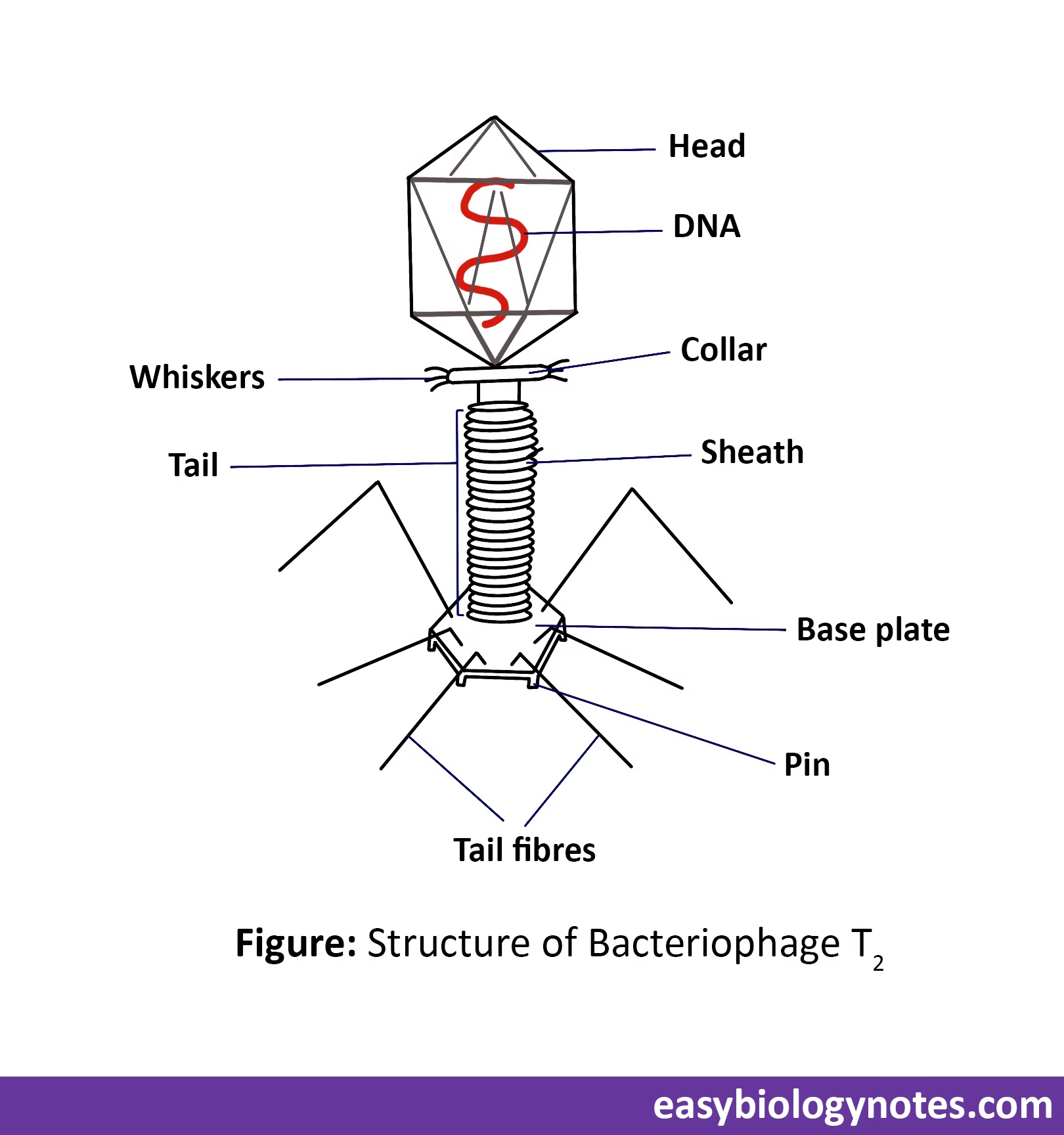Phylum Mollusca: Definition, Characteristics, Classification and Examples
Phylum Mollusca (L., mollis = soft) is a major group in the animal kingdom that includes soft-bodied invertebrates, often characterized by a calcareous shell, though not all members possess one. Molluscs exhibit a wide variety of body forms and habitats, ranging from marine to freshwater and terrestrial environments. Key features of this phylum include a muscular foot used for locomotion, a mantle that secretes the shell (if present), and a visceral mass housing the internal organs. The phylum includes diverse classes such as Gastropoda (snails and slugs), Bivalvia (clams and mussels), Cephalopoda (octopuses and squids), and others. Molluscs play important ecological and economic roles, from maintaining marine ecosystems to serving as food for humans.

